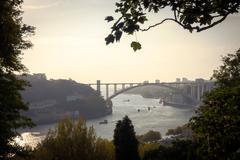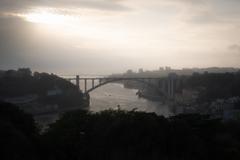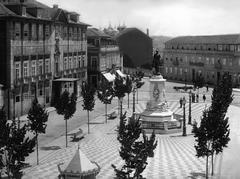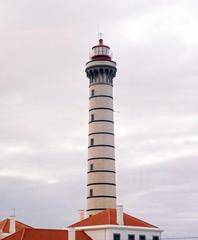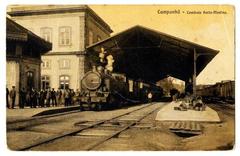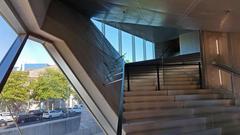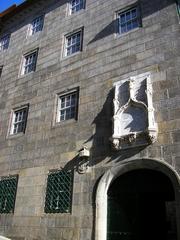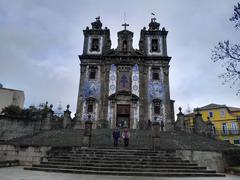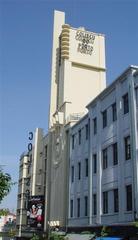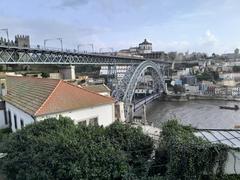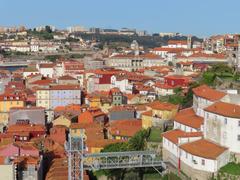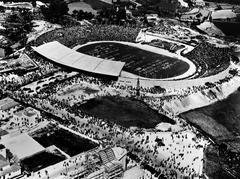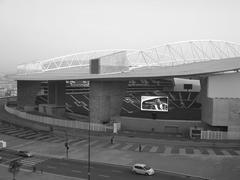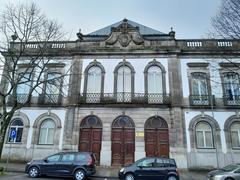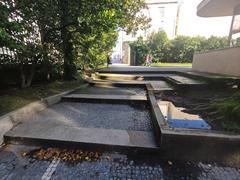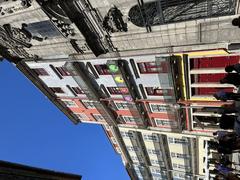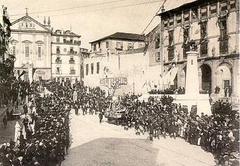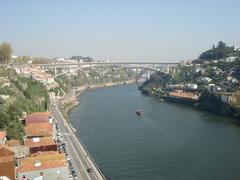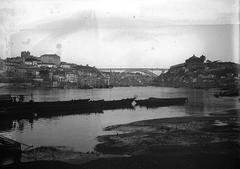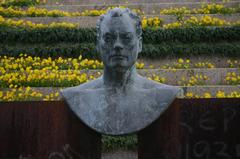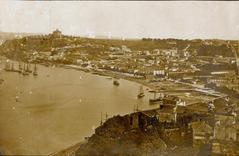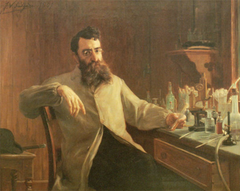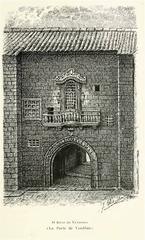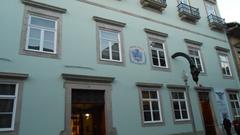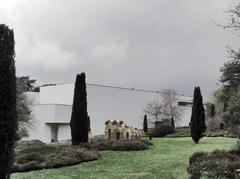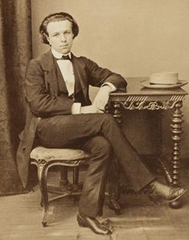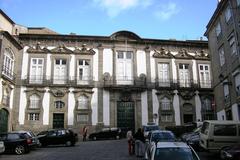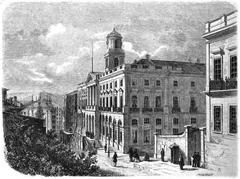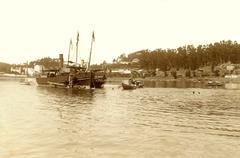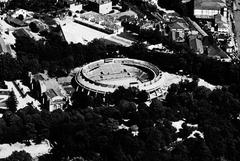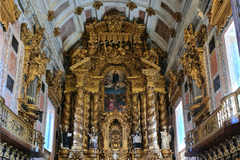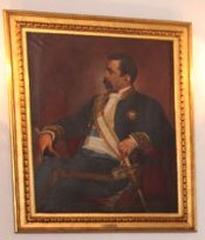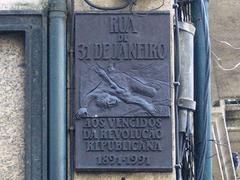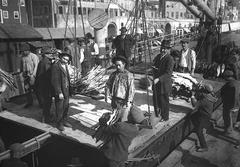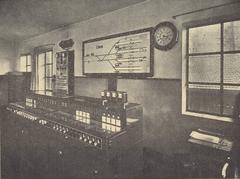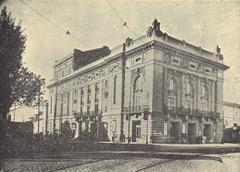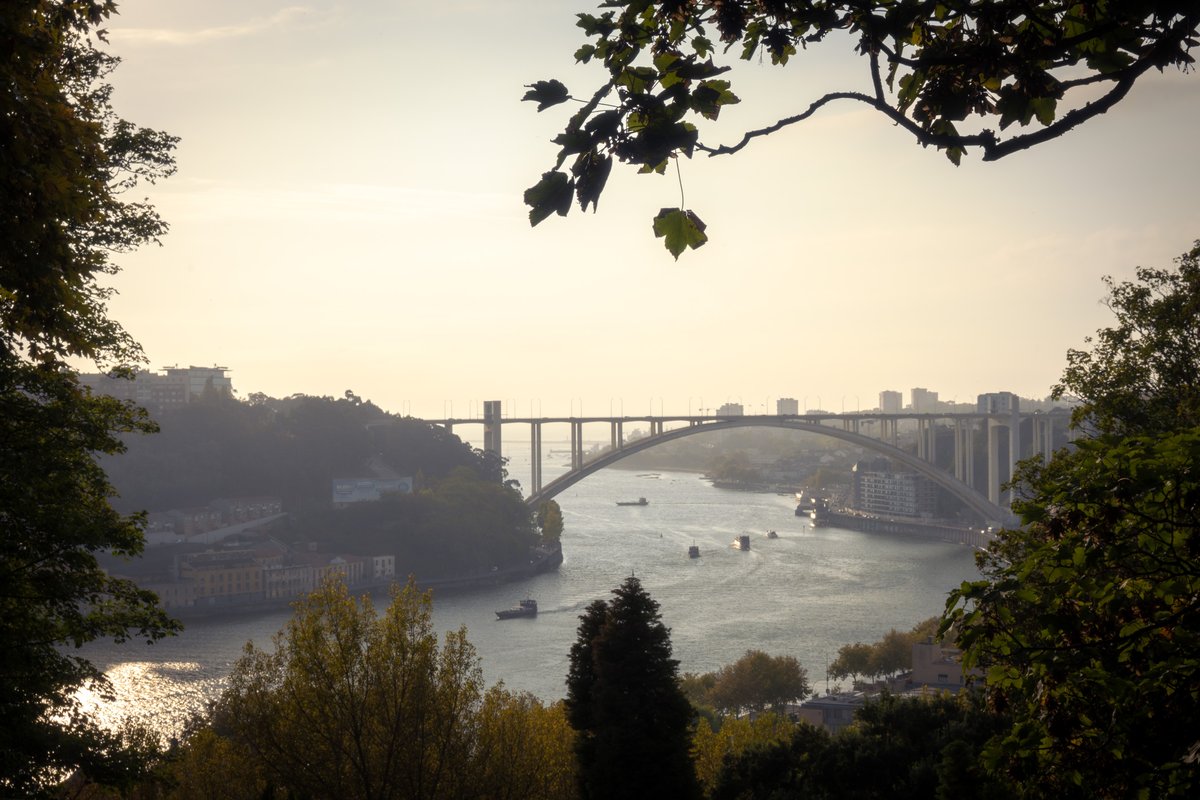
Visiting Hours and Tickets for Ponte da Arrábida in Porto
Date: 18/07/2024
Introduction to Ponte da Arrábida
Ponte da Arrábida, located in Porto, Portugal, is a remarkable feat of 20th-century engineering and an iconic symbol of the city’s resilience and innovation. Designed by the visionary engineer Edgar Cardoso, this bridge, inaugurated in 1963, was once the longest concrete arch bridge in the world. It not only solved significant traffic problems but also became an architectural marvel admired worldwide. This comprehensive guide will delve into the historical significance, architectural features, and practical information for visitors. Whether you’re a history enthusiast or a casual traveler, the Ponte da Arrábida promises a memorable experience, offering stunning views and unique activities. (Structurae)
Table of Contents
- Introduction
- Historical Background and Significance
- Visitor Information
- Nearby Attractions
- A Legacy of Innovation - Inspiring Future Generations
- Recognition and Preservation - A Treasured Landmark
- FAQ
- Conclusion
Historical Background and Significance
A Vision of Engineering Prowess
The Ponte da Arrábida stands as a testament to Portugal’s engineering prowess in the 20th century. Its story begins in the 1930s when the need for a new bridge across the Douro River became increasingly apparent. The existing bridges, Ponte Luís I and Ponte Maria Pia, were struggling to accommodate the growing traffic between Porto and Vila Nova de Gaia.
Edgar Cardoso - The Architect Who Dared to Dream
In 1938, the renowned Portuguese engineer Edgar Cardoso (Structurae) was commissioned to design the bridge. Cardoso, known for his innovative approach and daring designs, envisioned a structure that would not only solve the traffic problem but also become an architectural marvel. His vision was ambitious—a concrete arch bridge with a single span of 270 meters, making it the longest concrete arch bridge in the world at the time of its construction.
Overcoming Challenges - A Story of Resilience
The construction of the Ponte da Arrábida, however, was not without its challenges. World War II cast a long shadow, causing significant delays due to material shortages and economic instability. Despite these setbacks, construction finally began in 1957, marking a period of renewed hope and progress for Portugal.
Inauguration - A Moment of National Pride
After five years of meticulous work and unwavering dedication, the Ponte da Arrábida was inaugurated on June 25, 1963, by Portugal’s then-Prime Minister, António de Oliveira Salazar. The bridge’s completion was met with immense national pride, symbolizing Portugal’s resilience and its ability to overcome adversity.
Architectural Significance - A Concrete Symphony
The Ponte da Arrábida is not merely a bridge; it’s a masterpiece of engineering and architectural design. Its slender arch, rising gracefully over the Douro River, is a testament to Cardoso’s innovative use of concrete. The bridge’s design, characterized by its clean lines and minimalist aesthetic, reflects the architectural trends of the mid-20th century, particularly the influence of the Modernist movement.
Visitor Information
Ponte da Arrábida Visiting Hours and Tickets
- Visiting Hours: The bridge is accessible 24/7, but guided tours may have specific hours.
- Tickets: There is no fee to cross the bridge by foot or vehicle, but guided tours may have associated costs. Check local tour operators for ticket prices.
Travel Tips
- Best Times to Visit: Early morning or late afternoon to avoid crowds and enjoy the stunning views without the harsh midday sun.
- How to Get There: Easily accessible from Porto’s city center via public transportation or a short drive.
- Photographic Spots: The viewpoints from both sides of the Douro River offer excellent photo opportunities, especially during sunrise or sunset.
Nearby Attractions
- Porto Historical Sites: Don’t miss other historical landmarks like the Clerigos Tower, Livraria Lello, and the Ribeira district.
- Cultural Experiences: Explore the wine cellars in Vila Nova de Gaia or take a river cruise on the Douro.
A Legacy of Innovation - Inspiring Future Generations
The Ponte da Arrábida’s legacy extends beyond its physical presence. It stands as a symbol of Portuguese engineering ingenuity, inspiring future generations of architects and engineers to push the boundaries of design and construction. Its enduring presence serves as a reminder of the power of human ambition and the ability to create structures that are both functional and aesthetically captivating.
Recognition and Preservation - A Treasured Landmark
In recognition of its historical and architectural significance, the Ponte da Arrábida was classified as a Property of Public Interest in 1992. This classification underscores the bridge’s importance as a cultural heritage site and ensures its preservation for future generations to appreciate and admire.
FAQ
- Is there an entrance fee? No, crossing the bridge is free.
- Are there guided tours available? Yes, check with local tour operators for availability and pricing.
- What are the best times to visit? Early morning or late afternoon.
- What nearby attractions should I visit? Clerigos Tower, Livraria Lello, and the Ribeira district.
Conclusion - A Bridge to the Future
Today, the Ponte da Arrábida continues to serve as a vital transportation link, carrying thousands of vehicles daily. Its presence has shaped the urban landscape of Porto, contributing to the city’s unique character and charm. As Porto continues to evolve, the Ponte da Arrábida remains a steadfast symbol of its past, a testament to its resilience, and a bridge to its future.
References and Further Reading
- Structurae, 2024, Edgar Cardoso https://structurae.net/en/persons/edgar-cardoso
